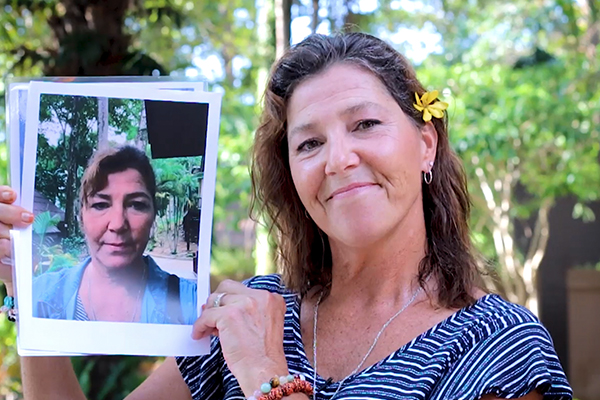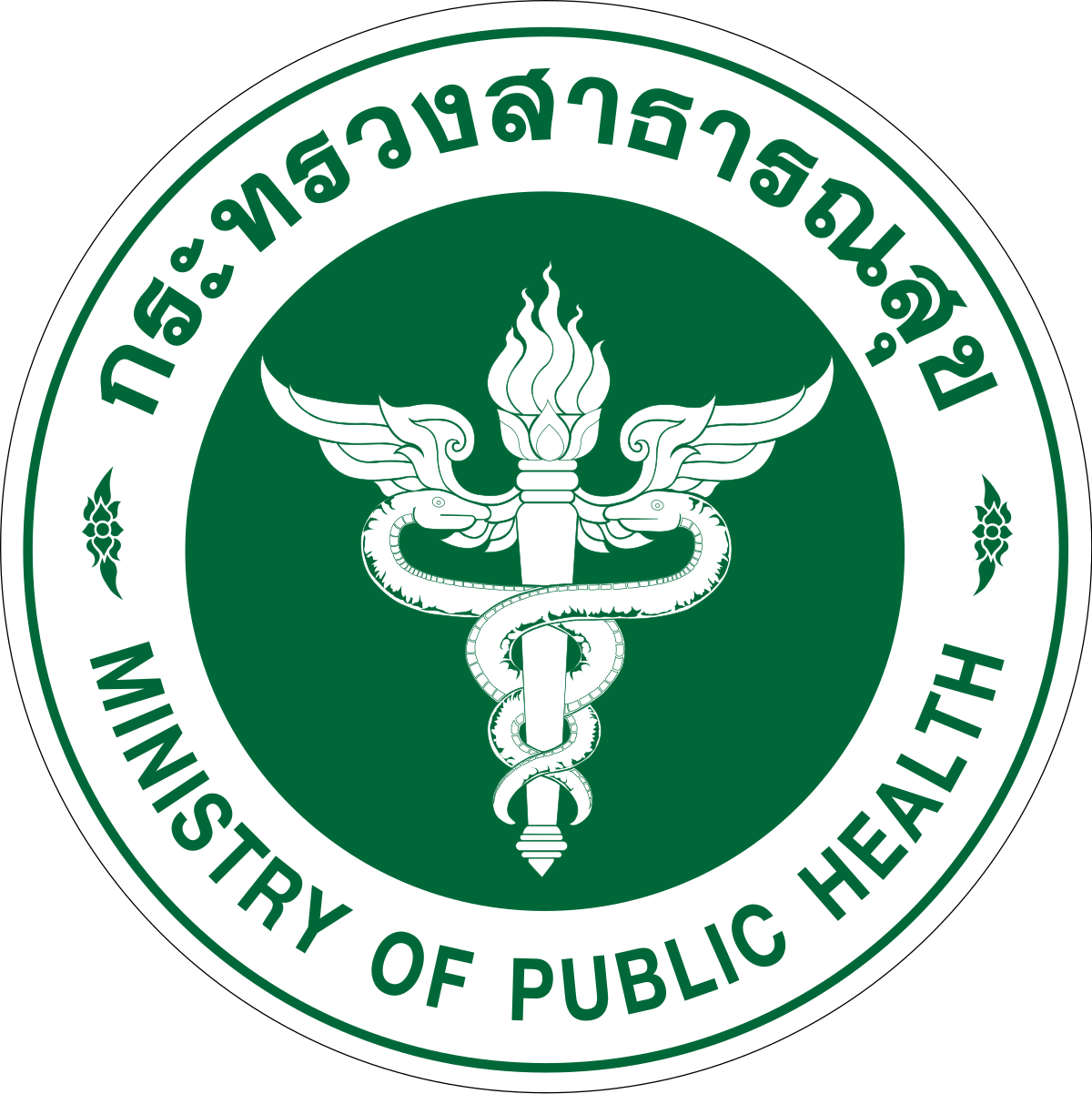
IVA PERVAN
Msc Clinical & Health Psychology, YTT300 Yoga & Meditation Teacher
Program Manager AT DARA Koh Chang
In 2016 EMDR (Eye Movement Desensitization and Reprocessing) celebrated its 27th anniversary. As is often the case with scientific breakthroughs, its discovery was accidental. In 1987, Dr Francine Shapiro, an American clinical psychologist, whilst walking in a park, realised that she coincidentally moved her eyes back and forth when she was having an emotionally disturbing thought. She noticed that in doing so, the emotional thought became less distressing. By this chance observation, she discovered that eye-movements could reduce the intensity of disturbing thoughts when practised under certain conditions.
She began the first research studies on this topic not long after that in 1989, whereby it became clear that EMDR (then called EMD or Eye Movement Desensitization) was an up-and-coming treatment for victims of trauma and patients suffering from Post-traumatic Stress Disorder (PTSD). The newly discovered success of EMDR was published in the Journal of Traumatic Stress.
Since these first studies in 1989, EMDR has become one of the most well researched therapeutic therapies in the field of psychology. It has developed and evolved by and with the help of psychologists, therapists and researchers from all over the world. This form of therapy has been identified as a valid treatment for psychological trauma – in 2013, the World Health Organization recommended EMDR as a treatment of choice for PTSD. EMDR was initially used solely for the treatment of trauma and PTSD, but since then many uses for EMDR have been found. The main focus of EMDR therapy is how to deal with how memories are processed and stored in the brain. EMDR is intended for use as an adjunct to other therapies, not as a replacement for them. Nowadays EMDR is used to treat a wide range of conditions such as anxiety, depression and addiction from substances like alcohol, drugs and prescription medication.
WHAT IS EDMR AND WHAT IS IT USED FOR?
EMDR is a psychotherapeutic approach that was developed for the purpose of working with distressing, disturbing or traumatic memories. Examples include psychological trauma arising from,
- Traffic accidents,
- Violent experiences,
- Various types of emotional, physical or sexual abuse
Even the unexpected passing of a loved one can warrant the therapeutic use of EMDR.

Disturbing memories from one’s childhood, like being bullied or harassed systematically, can benefit from EMDR.
Traumatic incidents with parents and peers can have a very negative effect on a person’s sense of self-worth. These events can set the groundwork for the emergence of a wide range of mental health issues in later life, including vulnerability for clinical disorders like anxiety, depression, addiction and post-traumatic stress disorder. Eye movement desensitisation and reprocessing can help people come to terms with negative childhood experiences. When processing the memory with EMDR, emotional memories are reprocessed in a more constructive way. We could say that EMDR helps to store the memories in a more ‘neutral’ way, instead of eternally remaining in the mind as a chaotic and disturbing recollection.
FINDING THE RIGHT CLINICIAN
The theory behind EMDR is that present psychological difficulties are often the result of distressing life experiences that have not been stored in memory properly. Such recollections are referred to as ‘unprocessed’ or ‘blocked’ memories. These traumatic memories may need some help to become processed, and EMDR is one of the therapeutic ways to achieve this. A psychologist or therapist practising EMDR should have a solid background in mental health before they even embark on initial EMDR training. Extensive further training in EMDR training (along with experience in dealing with clients with psychological traumatic recall) is highly desirable if the clinician is to be able to work through the protocol with clients in a truly successful way.

WHY ARE TRAUMATIC MEMORIES SO DAMAGING IN THE ‘HERE AND NOW’?
If someone is experiencing recurring symptoms from a psychologically traumatic event (and possibly correlated PTSD symptoms), it is possible that their brain wasn’t able to constructively ‘process’ the information at the time of the event (as it normally would have been able to with, say a more ‘normal’ or ‘less traumatic’ experience).
When this processing of the traumatic event doesn’t happen in a constructive way, simply recalling the event or trauma, in any way, big or small, might feel as bad as it did when the event actually happened, with many of the negative emotions and bodily sensations reoccurring.
With every recollection of the event, the trauma might, therefore, feel as severe as going through it for the first time, every time.
This is because the feeling, images, smells and sounds remain unprocessed and still evoke the same distressing responses as they did at the time of the actual event. The improperly processed traumatic event (or in some cases multiple events) interferes with a person’s life, causing multiple negative symptoms.
Addiction, to either a substance (like alcohol or drugs) or addiction to an avoidant/compulsive behaviour (like gambling or porn), is a common negative outcome from improperly processed traumatic memories.
SYMPTOMS OF PSYCHOLOGICAL TRAUMA
Some of the symptoms of psychological trauma include (but are not limited to,)
- ‘Flashbacks’ to the traumatic event
- Significant disruption of life events,
- Sleep disturbance and nightmares,
- Irritability,
- Outbursts of anger,
- Difficulty concentrating,
- Feeling ‘jumpy’ or being easily startled, and
- ‘Hyper vigilance’

Some people turn to addictive substances as a way to avoid dealing with traumatic incidents. Using EMDR in a therapeutic way can have a profound effect on the way that the brain processes difficult information.
EMDR therapy can help addicts create a greater sense of daily ‘mental comfort’ by helping them properly address difficult memories and life experiences. This is often the key to helping addicts build enduring recoveries
HOW IS EMDR PERFORMED?
EMDR works very quickly and effects can be noticed from the very first session. The effects on the client can be intense and profound – and therefore being mindful of the possible thoughts, feeling and emotions that may arise in the aftermath of the sessions – is very important.
Whilst performing EMDR in session, therapists use a set of standardised protocols that incorporate elements from many different treatment approaches. In using the standardised protocols, the client and therapist are assured to utilise the therapy in the correct way and quality of the therapy is ensured.
EMDR is composed of series of phases. The clients’ problems are identified. The goals for the EMDR session are established and the client is prepared for the memory processing. During processing the client is directed to attend to aspects of the memory, while the information processing system is simultaneously stimulated with eye movement or bilateral auditory clicks. The processing starts and counterproductive emotions are resolved. New, more useful thoughts, feelings and memories are created.
WHAT IS AN ACTUAL EMDR SESSION LIKE?
Your psychologist or therapist will ask you to recall the traumatic event that you have like to work on. Special attention will be afforded to feelings and images that are strongly associated with that traumatic event. The rule of thumb is
‘The more detailed the recollection of the event(s), the better’.
After the processing has commenced, the therapist will ask you again to recall the traumatic event.
Whilst simultaneously recalling the trauma, you will be engaged with a distracting stimulus, such as the rhythmic movement of the therapists’ hand and/or listening to alternating left and right ear ‘clicks’ via headphones.
These distracting hand movements or sounds are called a ‘set’.
After each set, there is a little pause or break and the therapist will ask the client what sensations came up. Usually, this will be a stream of thoughts and images concerning the disturbing memory – but feelings and bodily sensations can also emerge.
After each set, the client is also asked to concentrate on the most obvious change and once again another set is performed. The sets will eventually lead to a decrease in the emotional charge of the memory and its present day ‘power’ over the client. It thus becomes easier to think about the event. In many cases, the memories themselves become somewhat faded or diminish in intensity. Sometimes less unpleasant aspects of the memory are in fact recalled, but the client and therapist are perfectly positioned to go ahead and effectively to deal with these revelations if they should arise. Another possibility is that new insights or thoughts may develop in the clients’ consciousness and these new perspectives can give the recollection a less threatening implication.
In this way, EMDR can profoundly help people to accept and come to terms with past traumatic experiences, and get on with the business of living the rest of their life as expansively and productively as they can.


Things like periods of active addiction, (which are often ‘downstream’ of past psychological trauma) lose their wellspring, and become,
well,

just another memory.
Latest posts by Darren Lockie (see all)
- Cocaine burnout - February 25, 2020
- What is pathological lying? - February 21, 2020
- Ireland’s growing drug problem - January 20, 2020
+66 8 7140 7788









